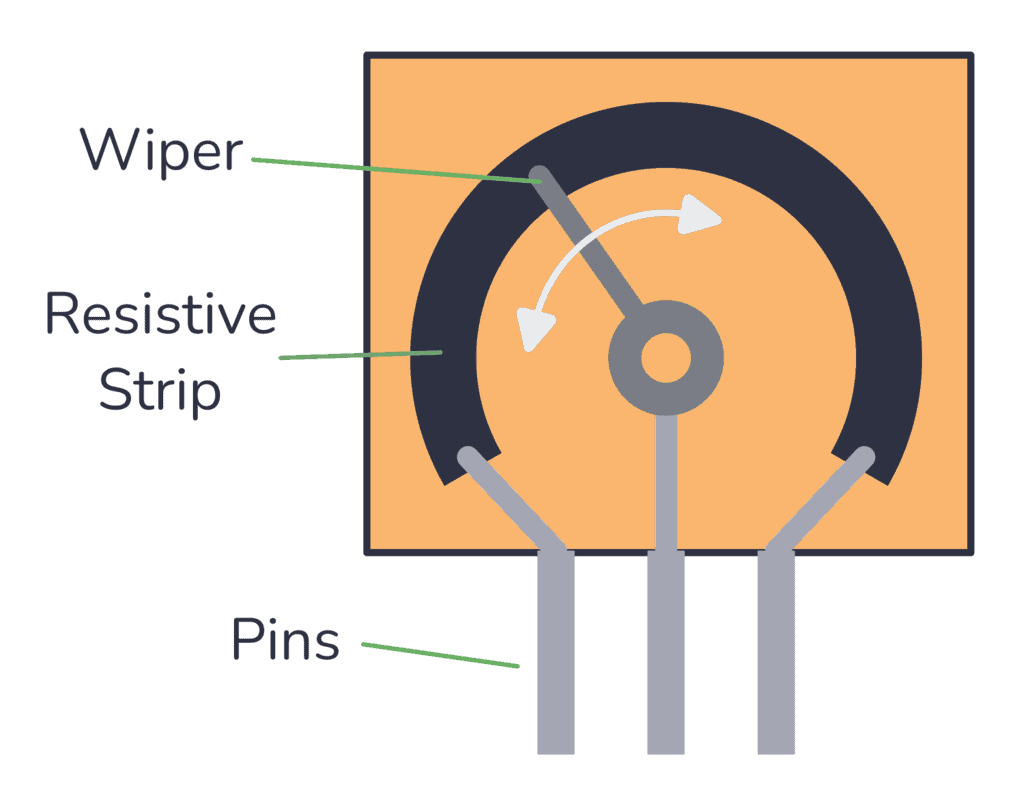Michael_in_Ohio
New Member
- Joined
- Oct 28, 2023
- Messages
- 3
- Likes
- 0
I've been looking at schematics of crossovers. Some of them have a knob for adjusting the attenuation going to the tweeter.
So here is where I am confused. On some schematics, it shows two potentiometers that are ganged together, and their wipers are connected together. But on some schematics it shows just one potentiometer.
Here's my question: are they equivalent? I studied them, and they seem to be equivalent to me. The drawing below describes what I am talking about.

Here's another question: when you purchase an "L-pad attenuator" (such as one of these sold by Parts Express), is it simply a standard potentiometer as shown in B? Or does it contain two resistive elements and two wipers as shown in A?
So here is where I am confused. On some schematics, it shows two potentiometers that are ganged together, and their wipers are connected together. But on some schematics it shows just one potentiometer.
Here's my question: are they equivalent? I studied them, and they seem to be equivalent to me. The drawing below describes what I am talking about.
Here's another question: when you purchase an "L-pad attenuator" (such as one of these sold by Parts Express), is it simply a standard potentiometer as shown in B? Or does it contain two resistive elements and two wipers as shown in A?

